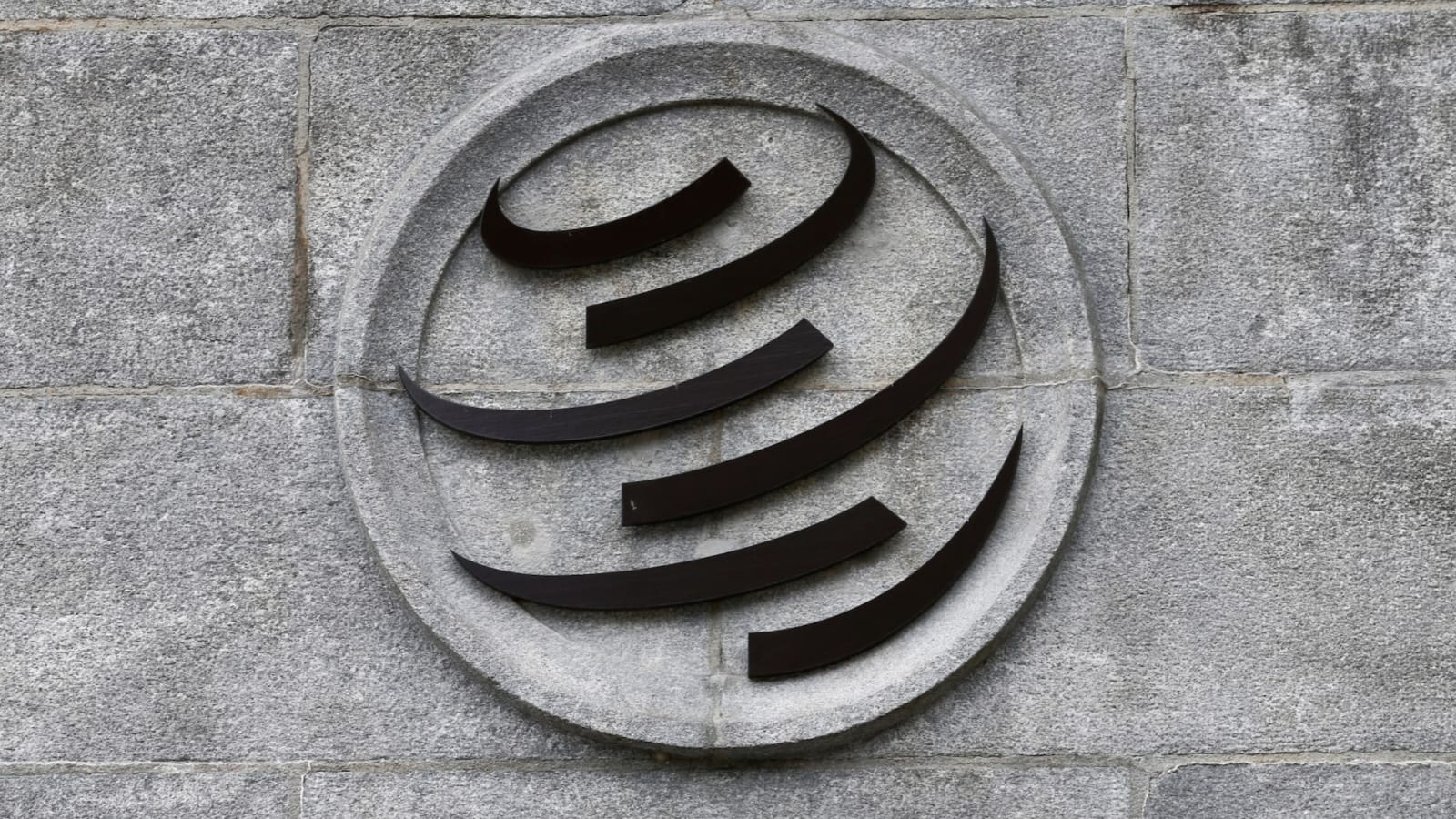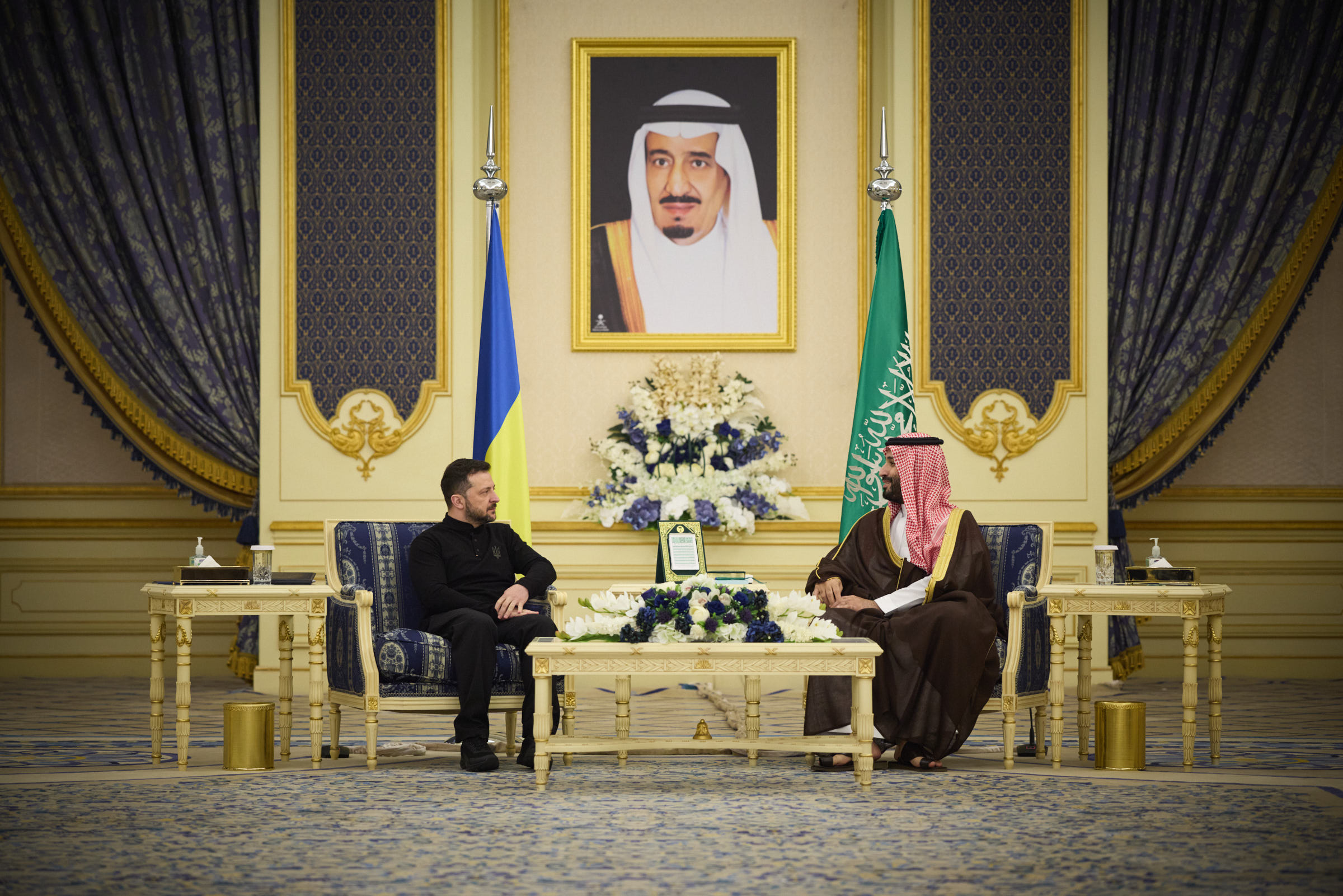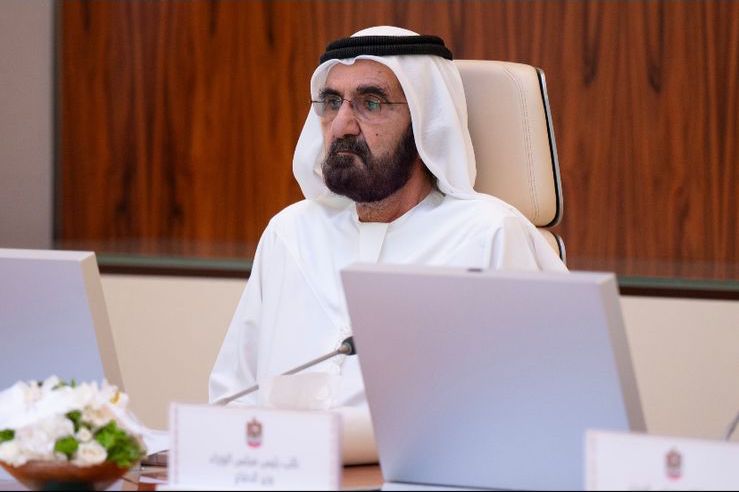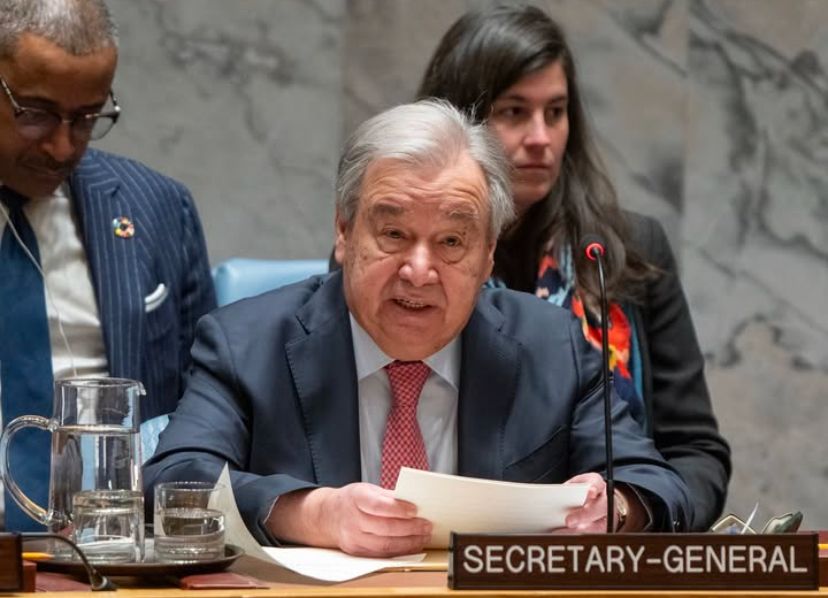US Missile Deal worth $3.5 Billion signed with Saudi Arabia
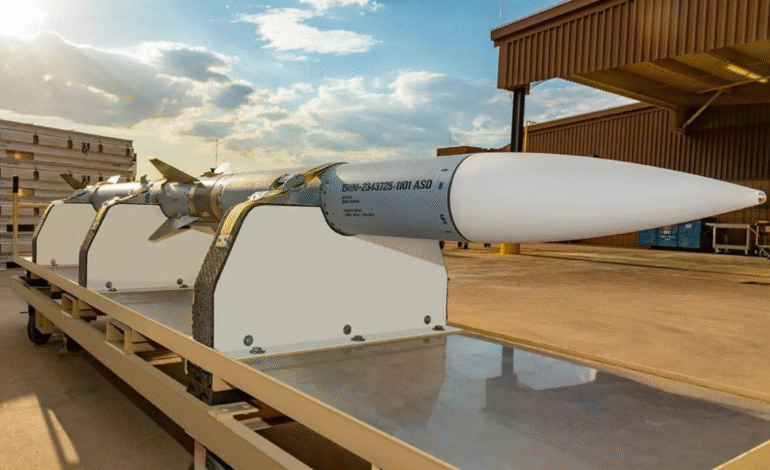
The United States has given the green light for a major arms deal involving the sale of advanced air-to-air missiles to Saudi Arabia. Estimated at $3.5 billion, the transaction strengthens long-standing defense ties between Washington and Riyadh and comes shortly before former President Donald Trump embarks on a planned trip to the region. The deal forms part of a broader defense and economic strategy that continues to shape U.S. foreign policy in the Middle East, reflecting both countries’ mutual interest in regional stability and military modernization.
Strategic Arms Agreement Reinforces U.S.-Saudi Defense Partnership
The centerpiece of the proposed defense sale consists of 1,000 AIM-120C-8 Advanced Medium Range Air-to-Air Missiles (AMRAAM), developed by RTX Corporation, previously known as Raytheon Technologies, and based in Tucson, Arizona. In addition to the missiles, the package includes advanced guidance systems and technical support components aimed at boosting the Royal Saudi Air Force’s air superiority and operational readiness.
According to a statement from the U.S. Defense Security Cooperation Agency (DSCA), the sale aligns with American foreign policy and national security interests by strengthening the defense capabilities of a key strategic partner in the Gulf. The agency emphasized that the proposed transaction would bolster political stability and economic development in the region by improving the security framework of a trusted ally.
This sale is among the most significant military export approvals since Trump’s return to office and exemplifies the enduring role U.S. defense firms play in outfitting Middle Eastern allies with cutting-edge military hardware.
Saudi Arabia’s Defense Modernization in Global Context
Saudi Arabia continues to accelerate its defense modernization efforts, seeking advanced systems to enhance both its defensive posture and strategic influence in the region. The newly approved missile system complements the kingdom’s formidable F-15 fighter jet fleet—the second-largest in the world after that of the United States—making it a critical asset in the kingdom’s evolving aerial strategy.
The AIM-120C-8 missiles are engineered to intercept and destroy airborne threats beyond visual range, representing a substantial enhancement in combat capability. Their integration into the Saudi arsenal ensures that the kingdom remains technologically competitive and well-positioned to counteract both conventional threats and asymmetrical challenges in an increasingly volatile region.
This missile procurement fits within Saudi Arabia’s broader Vision 2030 framework, which includes military self-reliance, defense sector growth, and alignment with global technological standards.
Trump’s Diplomatic Strategy and Middle East Focus
The missile deal’s timing is especially notable as it precedes Donald Trump’s planned diplomatic mission to Saudi Arabia. In 2017, Trump defied tradition by selecting the kingdom as the first foreign destination of his presidency, bypassing historic U.S. allies such as Canada, Mexico, and the United Kingdom. His reception in Riyadh was grand and symbolic, setting the stage for a presidency that emphasized economic and strategic partnerships over traditional multilateralism.
Trump’s return to the region signals a renewed commitment to the Gulf states, who were among his closest allies during his first administration. His real estate ventures in the Middle East have also played a role in shaping his foreign relations, reflecting the fusion of personal business interests and geopolitical strategy.
With his upcoming trip, Trump is expected to announce further agreements that could reshape regional alliances and redefine American engagement in the Middle East. This missile deal serves as a precursor to that evolving diplomatic narrative.
Massive Saudi Investment as Diplomatic Currency
Alongside defense cooperation, Saudi Arabia has committed to invest $600 billion in the United States over the next four years. This investment plan spans multiple sectors, including infrastructure, energy, technology, and real estate, reflecting Riyadh’s ambitions to diversify its portfolio while maintaining strong bilateral ties with Washington.
This economic outreach serves a dual purpose for Saudi leadership. It not only ensures access to lucrative American markets and technologies but also acts as a diplomatic gesture aimed at strengthening its standing as a pivotal U.S. partner. Through such initiatives, Saudi Arabia seeks to solidify its importance in U.S. foreign policy calculations, particularly amid rising competition from nations such as China and Russia.
The investment initiative forms part of a sophisticated strategy to gain favor with American policymakers and sustain long-term strategic cooperation between the two nations.
Congressional Oversight and Political Debate
While the Trump administration has given its initial approval, the arms deal now faces scrutiny in the U.S. Congress. Lawmakers have the constitutional authority to examine, approve, or block major foreign arms transactions. Although many legislators recognize Saudi Arabia’s role as a regional counterweight to Iran, bipartisan concerns persist over the kingdom’s human rights record and military activities in neighboring Yemen.
Congress has previously challenged arms deals with Riyadh, citing the humanitarian toll of the Yemen conflict and allegations of misuse of U.S.-made weapons. Nonetheless, Trump’s administration has historically prioritized economic gains and strategic interests, often pushing such agreements through despite political resistance.
The missile sale may reignite debates within Congress about the ethical implications of U.S. arms exports and the balance between realpolitik and human rights. Observers will closely watch the legislative process to gauge the direction of future U.S. policy in the Gulf
Rising Geopolitical Tensions Fuel Military Buildup
The broader Middle East remains a region marked by shifting alliances, unresolved conflicts, and emerging threats. From Iran’s nuclear ambitions to the activities of non-state actors, security concerns are driving Gulf states to pursue military upgrades at an unprecedented pace.
Saudi Arabia’s missile acquisition comes amid a regional arms race, where neighboring countries like the UAE and Qatar are also investing in advanced military technology. These developments underscore a growing emphasis on air defense, cyber warfare capabilities, and unmanned systems to confront 21st-century threats.
U.S. arms sales are playing a central role in shaping this strategic environment, ensuring that American defense standards, equipment, and training remain embedded across the Gulf.
Qatar’s Drone Purchase Reflects Strategic Parallelism
In a separate but equally important transaction, the U.S. has also authorized the sale of eight MQ-9B Reaper drones to Qatar, valued at nearly $2 billion. These armed drones are renowned for their dual surveillance and strike capabilities, providing enhanced operational flexibility to the Qatari military.
This deal mirrors the broader U.S. approach of equipping multiple Gulf partners simultaneously, thereby preserving regional power equilibrium while expanding the American defense industry’s market footprint. It also reflects the strategic calculus of maintaining interoperability among U.S. allies, ensuring cohesive responses to regional threats.
The near-simultaneous approval of arms deals for Saudi Arabia and Qatar illustrates Washington’s intent to remain the principal defense partner for Gulf nations, despite their internal rivalries and divergent geopolitical priorities.
American Defense Firms Cement Global Influence
Companies like RTX Corp, Lockheed Martin, and General Atomics stand to benefit substantially from the continuous stream of arms deals to Gulf nations. These transactions do more than support domestic industry—they solidify American influence abroad by embedding U.S. technology and doctrine into allied military forces.
The Saudi missile deal epitomizes this trend. As part of a decades-long history of defense collaboration, the transaction will ensure that U.S. defense technology remains at the core of Saudi Arabia’s air force capabilities. Beyond weapons, the partnership often includes long-term maintenance, training, and joint exercises, fostering enduring relationships.
Such collaborations turn arms sales into instruments of soft power, providing the United States with strategic leverage that extends beyond the battlefield.



